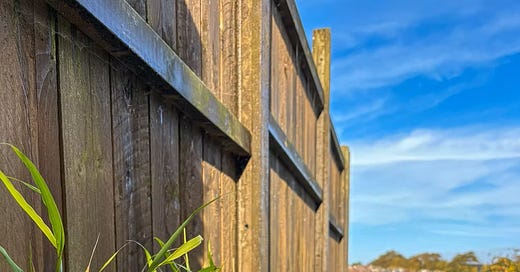Image credit: Pollinator Pathways Project
Many years ago when we were operating in the south Essex in the guise of Alternative Estuary, in what now feels like a completely different life, we published this post on efforts to clean up the back alleys in the town of Grays: Owning the back alleys… 21.5.19.
Whether, it’s getting to grips with the issue of flytipping, fighting the council to stop a local park being flogged off for the development of a school or simply keeping the planters neat and stocked with flowers, these actions send out a signal of ownership and pride in the community and a desire to work collectively to improve conditions there. In an increasingly atomised and fearful society, it’s this kind of graft at the grassroots that starts to make a difference and helps to build the community solidarity needed to get through difficult times. This kind of activity is a hard, unglamorous slog but it’s what’s needed at the grassroots in working class neighbourhoods if more serious progressive change is going to be on the agenda.
From our practical experience, we can tell you that cleaning up alleys, neglected corners of local authority estates, and forgotten parks is dirty, unglamorous work. However, when it’s being done alongside locals who have had enough of the neglect and want to reclaim ownership of these forgotten areas, it’s well worth it. Because it’s all about empowering people at the grassroots to start to take control over what happens in their neighbourhoods.
So, when we read about this project focusing on the south of Bristol - Pollinator Pathways Project - you can imagine how pleased we were. Not least because they started out in deeply untrendy south Bristol:) This is the approach they take:
Two-Pronged Approach
1. Urban Greening
Transforming tarmac, concrete, and unloved spaces into thriving plant beds and mini-wildlife corridors
Planting native and pollinator-attracting species
Reducing flood risk and heat spots
2. Community Building
Bringing residents together through planting days, litter picks, and mural painting
Creating safer and more pleasant spaces for everyone, particularly women and children
Improving physical and mental well-being through access to greenery and communal effort
That’s an approach that works for us. A combination of environmental improvement and resident empowerment. What’s not to like with this? The following explains what the project aims to achieve and, how they go about that:
About the project
The Pollinator Pathways Project is a community-led, volunteer-run project that aims to ‘clean and green’ alleyways. It creates mini wildlife corridors in urban environments, and creates a space for the community to enjoy.
Planted areas reduce flood risk, as they absorb water and slow its release into drains, compared to non-porous substrate, such as asphalt and concrete. They also reduce the urban heat bubble effect, cooling the surrounding area. Both of these are becoming increasingly important as we get hotter summers and more unpredictable rainfall.
We know too that spending time in nature is so good for mental health. While living in a city reduces those opportunities, we also know that even just looking at the colour green decreases stress, promotes the parasympathetic nervous system and creates a sense of calm. Having greenery along routes people take every day as part of their commute or school run would promote positive mental health, starting on the day they are planted up by members of the community.
This project increases locals' access to greenery, improves physical and mental health, and brings the community together. It can be hard to feel like you can make a difference in the world, but when we work together at neighbourhood level, brilliant and beautiful things can be created.
The artwork and painted walls not only make the spaces brighter (and thus safer), but also showcase local artistic talent. In winter when the plants are laying dormant, the murals inject some colour into an otherwise grey landscape.
So, we have a practical project that makes a real, physical difference to a neighbourhood while at the same time, it empowers the residents who are involved with it. It shows what can be done at the grassroots when the will is there. Sure, the project may not meet a rigorous purity test but, it ticks enough of our boxes for us to lend it our wholehearted support. Also, as we’ve already mentioned, it has a focus on the untrendy, working class south side of Bristol. That alone is enough to make us happy to lend our support:)
These are the kind of projects we want to support and highlight on this blog as well as listing in The Directory. So, if you’re involved with any such project in the Avon area, please send us the details and we’ll happily run a feature on it:)





